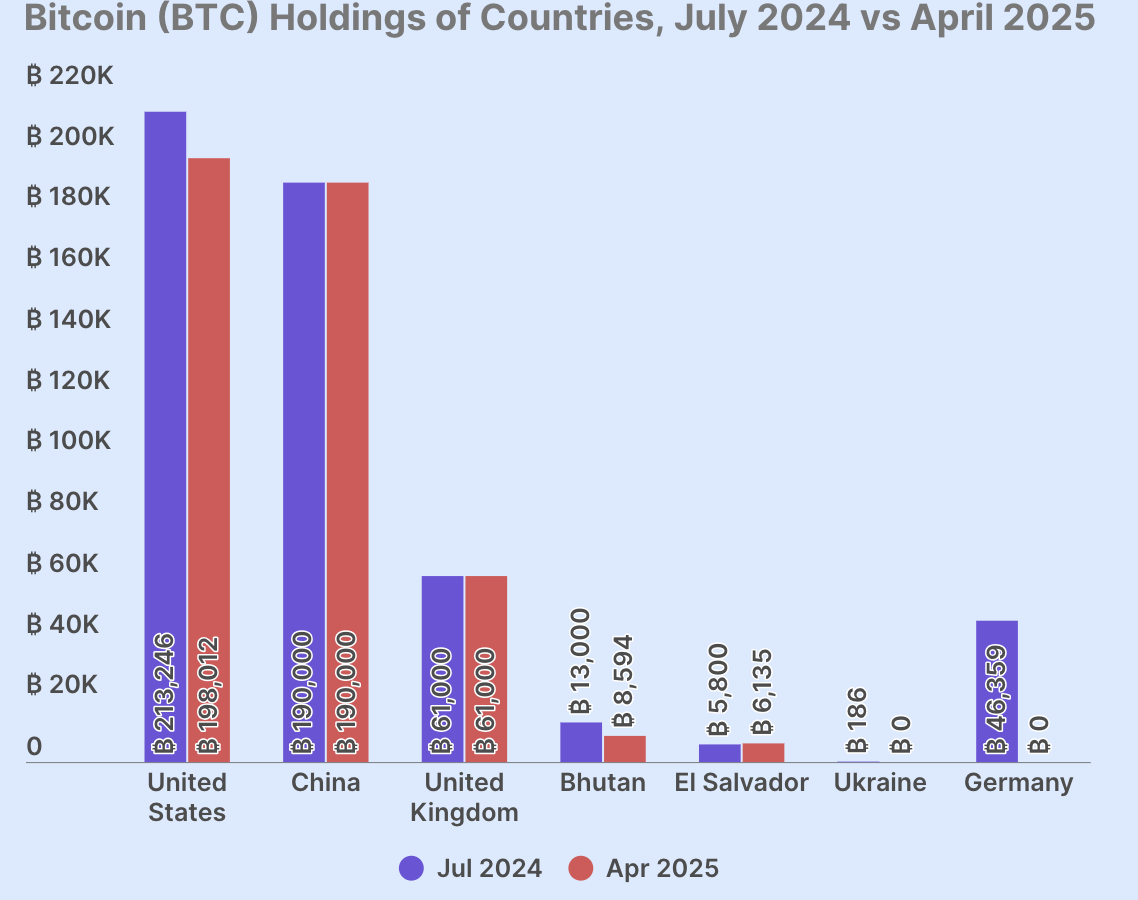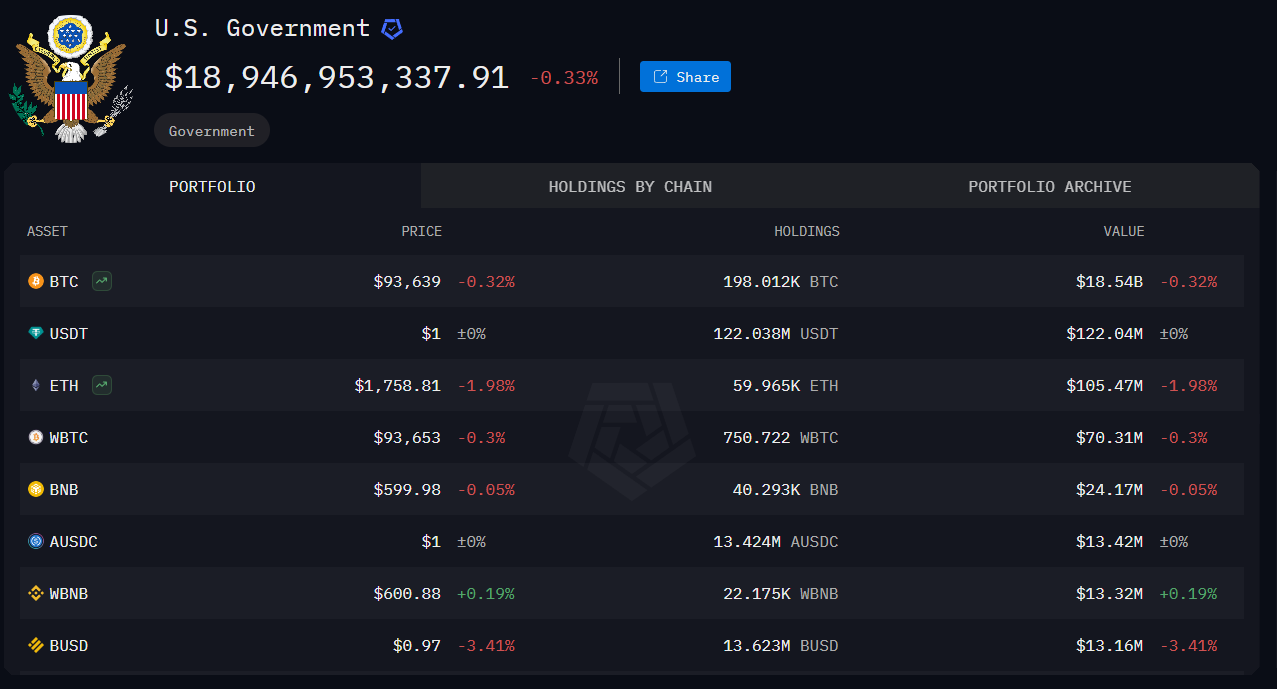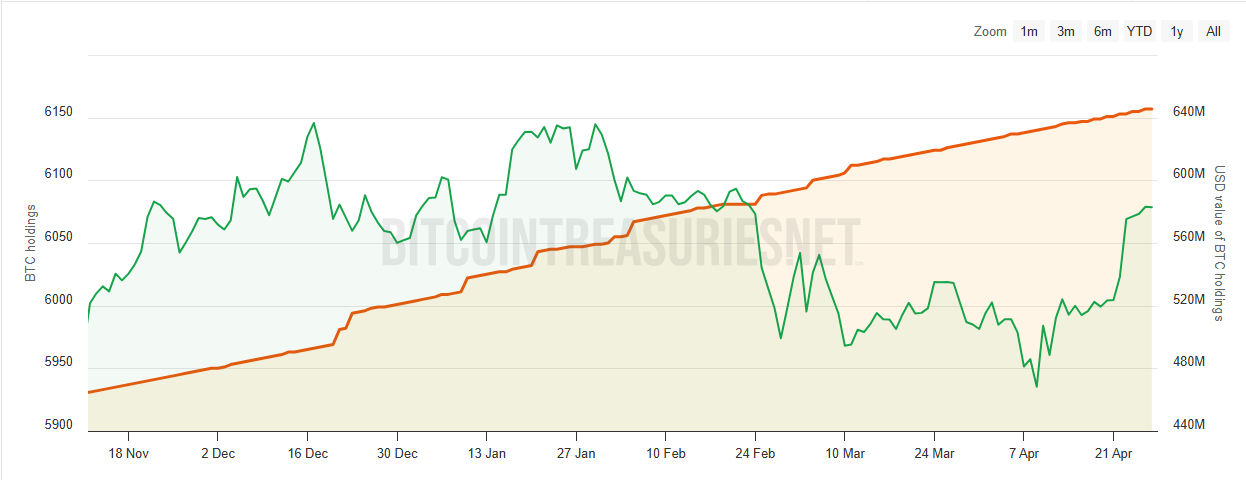
The post XRP News Today: Nasdaq Firm Digital Commodity Capital Adds XRP to Treasury appeared first on Coinpedia Fintech News
Ripple XRP News: Nasdaq-listed Digital Commodity Capital has announced that it holds XRP in its company treasury. This is an important moment for XRP as it signals that big institutional investors are starting to show interest in the cryptocurrency. With its legal issues with the SEC moving toward, XRP could be on the path to wider corporate adoption.
Digital Commodity Capital Reveals 103K XRP Holdings
Digital Commodity Capital has disclosed that it now owns 103,000 XRP, worth about $225,570 at current prices. While this amount may seem small compared to other assets, the decision to hold XRP in a public company’s treasury is significant.
It shows that the company believes in the future of XRP, especially after the cryptocurrency’s legal struggles in the past.
Earlier this year, energy company Worksport also announced it bought both Bitcoin and XRP for its treasury. Now, with Digital Commodity Capital joining in, it’s clear that XRP is getting stronger support from businesses.
As more companies come forward with their XRP holdings, it shows XRP is not just another coin anymore. It’s becoming a serious choice for companies looking to invest in crypto.
Ripple’s Legal Win Helping XRP
This move by Digital Commodity Capital comes after Ripple made big progress in its long fight with the SEC. Ripple recently dropped its cross-appeal against the SEC, showing that a final settlement is very close.
Digital Commodity Capital even praised this legal progress, saying it’s a win for the whole crypto world, not just for Ripple. With fewer fears about legal problems, more companies now feel safer to invest in XRP.
XRP Gaining Interest Among Institutions
Historically, Bitcoin has been the go-to cryptocurrency for institutional investors. However, XRP is now starting to catch the attention of big companies. Digital Commodity Capital’s decision to hold XRP publicly shows a growing shift in how institutions view the asset.
More companies might soon follow, revealing their own holdings of XRP as they start to recognize its potential.
As of now, Ripple’s native token, XRP price is trading around $2.18, reflecting a slight increase seen in the last 24 hours.


 Public Company Reveals XRP Holdings as Smart Money’s Bet Becomes Public
Public Company Reveals XRP Holdings as Smart Money’s Bet Becomes Public






